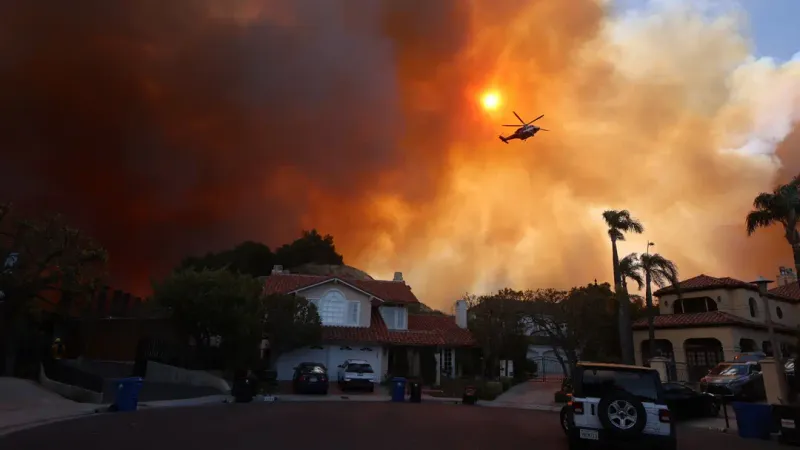Hundreds Evacuated as Floods Pound Northeastern Australia
Facts * In the northeastern Australian state of Queensland, severe flooding closed off villages and forced disaster survivors to their rooftops, forcing hundreds of people to be evacuated, officials said on Monday.1 * Ex-tropical cyclone Jasper's has resulted in thousands of residents without power for days, stranded with washed-out

Facts
- In the northeastern Australian state of Queensland, severe flooding closed off villages and forced disaster survivors to their rooftops, forcing hundreds of people to be evacuated, officials said on Monday.1
- Ex-tropical cyclone Jasper's has resulted in thousands of residents without power for days, stranded with washed-out roads. More rain is anticipated as the weather system slowly passes across the Cape York Peninsula to the west.2
- Media clips showed wildlife officials capturing a 2.8-meter (9-foot) long crocodile in a storm drain outside a gas station in Ingham, a town of around 5K people submerged under floodwaters. However, observations of crocodiles in north Queensland are more common in rural regions such as rivers, lagoons, and wetlands.3
- Some areas have received a year's worth of rain due to Cyclone Jasper. The city of Cairns has seen more than 2 meters (6.6 ft) of rain. So far, there have not yet been any recorded deaths or missing persons.4
- Monday saw a temporary closure of Cairns Airport due to floods, which also caused flights to be canceled or postponed. Part of the airport tarmac was submerged.5
- Flood warnings are in effect for multiple river systems with residents being asked to avoid travel — all roads leading from the Tablelands region to the seaside are currently closed.6
Sources: 1Al Jazeera, 2Guardian, 3The Straits Times, 4BBC News, 5 Independent, and 6Archive.
Narratives
- Narrative A, as provided by SBS News. 2023 will very likely go down as the warmest year on record. For every degree Celsius that the average world temperature rises, there can be an extra 7% of water vapor in the atmosphere, which is released as torrential downpours. Climate change has increased the likelihood of flooding and excessive rainfall. As the atmosphere gets warmer, extreme weather conditions like cyclones will intensify. Australia will need to work on adapting to increasingly extreme weather, but are state and local government agencies ready?
- Narrative B, as provided by The Conversation. It's easy to dismiss extreme weather events, including cyclones, as a consequence of climate change. However, in reality, they're usually influenced by a myriad of factors and interrelated processes. More research is needed before establishing any direct causal link between the two.
- Nerd narrative, as provided by Metaculus. There's a 20% chance that there will be a 5-year period with an average global temperature >3.6˚C warmer than the 1861-1880 baseline before 2100, according to the Metaculus prediction community.






